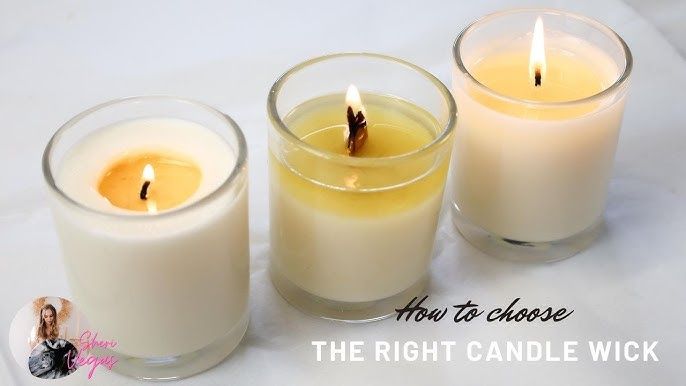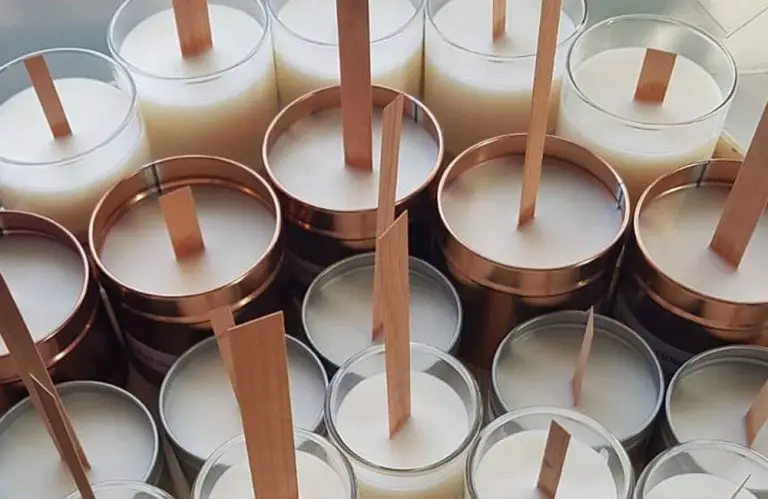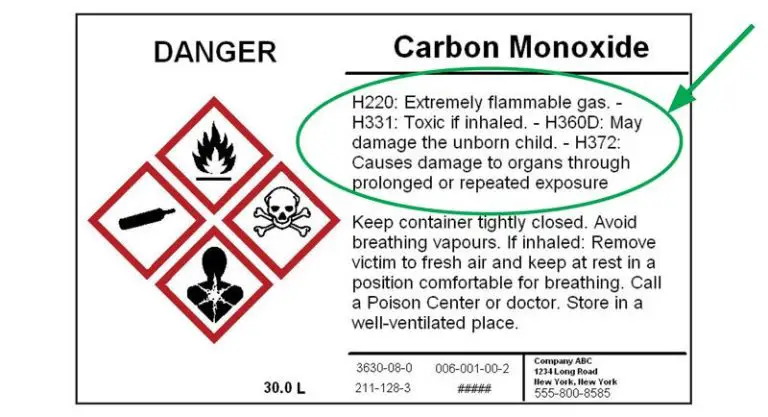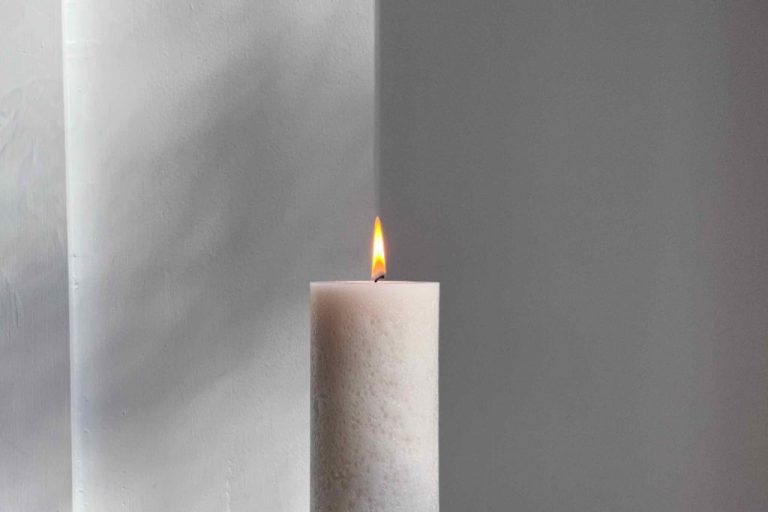What Wax Does Scentsy Use?
Scentsy produces scented wax products, including bars, cubes, popcorns, and bricks. The company’s signature product is the Scentsy Bar, a block of wax infused with fragrant oils that is warmed in a special ceramic warmer to release scent. Scentsy was founded in 2004 in Meridian, Idaho by Heidi and Orville Thompson and has grown into a multi-level marketing company with consultants selling products in the US, Canada, Europe, Australia, and Mexico.
Scentsy’s wax products are designed to provide home fragrance in a clean and safe way, without having an open flame. The wax bars are made from a proprietary blend of waxes and fragrance oils. When the Scentsy wax is heated in the warmer, it melts just enough to release fragrance; it does not produce smoke or soot like traditional candles. This allows customers to enjoy home fragrance without worrying about issues like soot buildup or the risks of open flames around children and pets.
Paraffin Wax
Paraffin wax is a soft wax made from petroleum by-products. It has a low melting point which makes it easy to melt and ideal for products like candle wax and wax melts. Paraffin wax is inexpensive, consistent in quality, and readily available, which makes it a popular choice for many manufacturers.
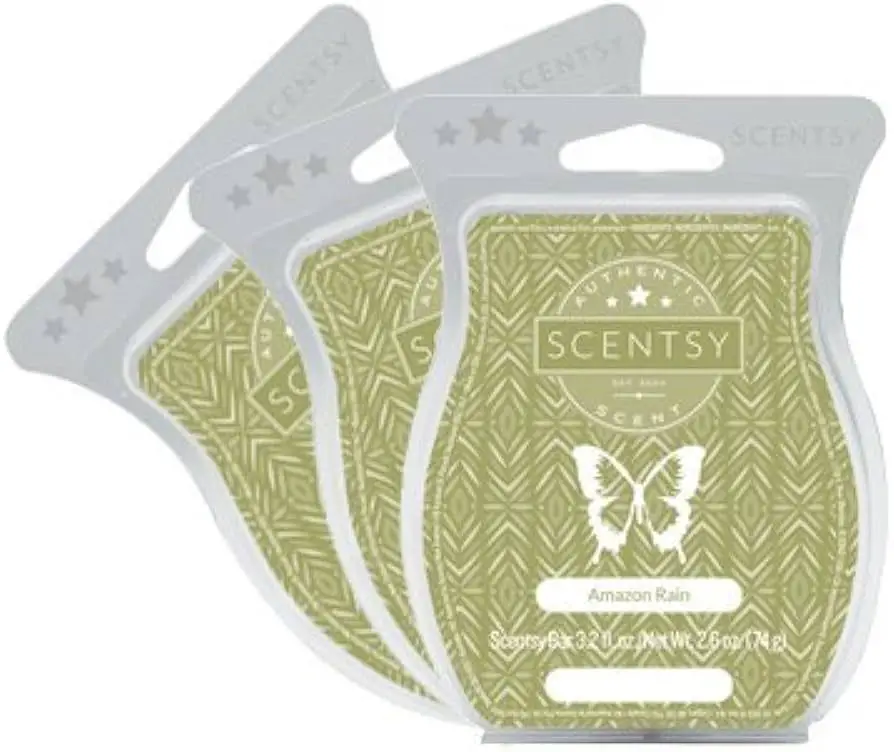
Some of the pros of paraffin wax are that it has a pleasant texture, releases fragrance efficiently when heated, and is cost-effective. The cons are that paraffin wax is derived from non-renewable petroleum sources, can release VOCs when burned, and some have concerns about potential toxicity. However, studies have found paraffin wax candles meet national indoor air quality emission standards when properly used (https://scentsyblog.com/fragrance-101/everything-you-need-to-know-about-fragrance/the-science-of-melting-scentsy-wax/).
Soy Wax
Soy wax is made from hydrogenated soybean oil. It is an increasingly popular wax in candle making because it is made from a renewable and sustainable resource (soybeans).
Some of the pros of soy wax include:
- It’s made from a renewable resource (soybeans) so it is more environmentally friendly than paraffin wax.
- It’s biodegradable.
- It has a lower melting point so it produces less soot.
- It holds scent well.
Some of the cons of soy wax include:
- It’s more expensive than paraffin wax.
- It’s softer than paraffin wax so soy candles require jar containers.
- The burn time may not be as long as paraffin candles.
Beeswax
Beeswax is a natural wax produced by honey bees. Beekeepers collect beeswax from honeybee hives to use in various applications. Beeswax has some key properties that make it desirable for candle making:
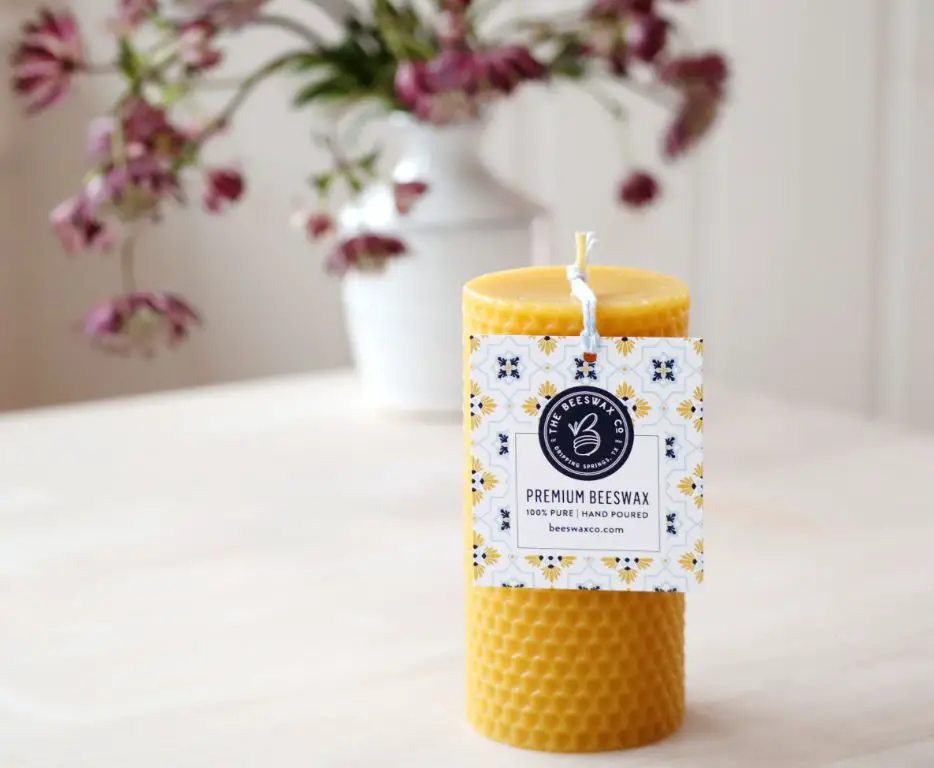
Some pros of beeswax include:
- It has a natural honey scent that many find pleasant.
- Beeswax candles burn longer than paraffin wax candles.
- Beeswax is considered an eco-friendly, renewable resource since it does not require petroleum.
Some cons of beeswax include:
- It is more expensive than paraffin wax.
- Beeswax candles require cotton wicks rather than conventional wicks.
- The burn time can vary more than paraffin wax.
“Beeswax is used in some candle blends to modify paraffin wax characteristics, but rarely on its own because it can be cost prohibitive,” according to Rose Creek Candle Co. (https://rosecreekcandleco.com/collections/pure-beeswax-wax-melts). While beeswax offers some benefits, the drawbacks make it less than ideal as a primary candle wax.
Coconut Wax
Coconut wax is made from the oils of coconut palms. It has a creamy, tropical scent and typically has a lower melting point than other waxes, between 76-82°F depending on the blend. This makes it a good choice for container candles.
Some of the pros of coconut wax are that it holds fragrance oils well and produces a smooth pool when burned. The natural scent also complements many fragrance oils nicely. Coconut wax is also considered an eco-friendly, natural wax.
Some cons are that it can be more prone to frosting and sweating compared to paraffin wax blends. Coconut wax is also generally more expensive than paraffin. Some people find the natural coconut scent overpowering when combined with certain fragrances. Testing blends thoroughly is important.
Palm Wax
Palm wax is made from the fruit of palm trees, specifically oil palm trees. It has a high melting point and produces a hard, glossy finish in products like candles and wax melts [1]. Some of the pros and cons of palm wax include:
Pros:
- It’s vegan and considered a sustainable wax since palm trees can continue producing fruit for 20 years after planting
- Palm wax blended candles burn longer than paraffin candles
- It produces a smooth wax melt with medium to high fragrance load
Cons:
- Harvesting palm oil contributes to deforestation in some regions
- It’s more expensive than paraffin wax
- The hard, brittle finish can make removing wax melts difficult
Scentsy’s Wax Blend
Scentsy uses a proprietary blend of paraffin wax, soy wax, and other natural waxes in their wax melts and wax bars. According to Scentsy, their custom wax blend was designed to maximize fragrance and provide an optimal melt point and consistency.
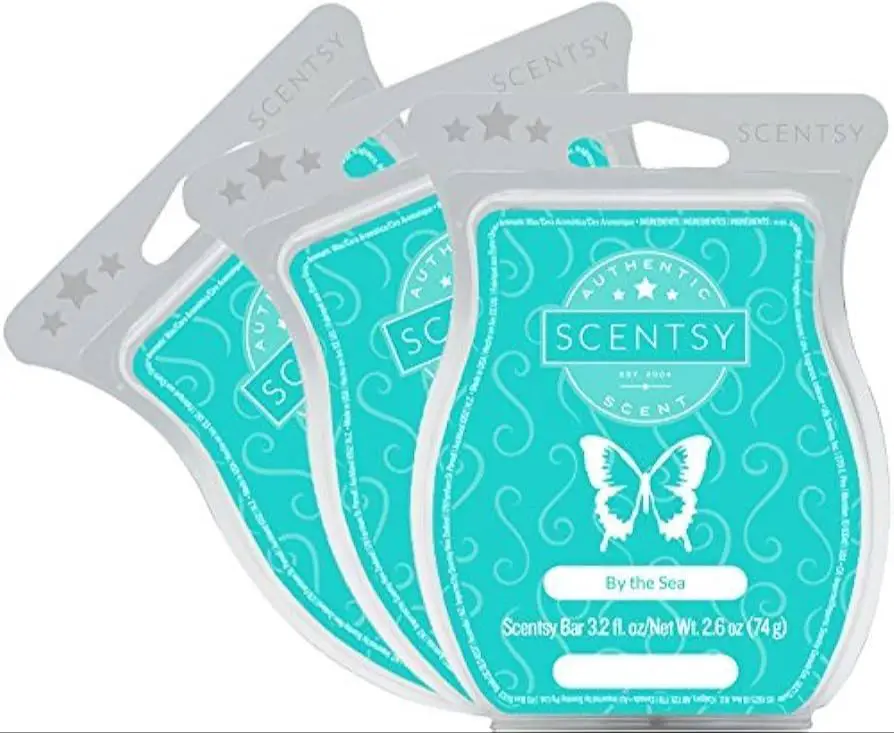
The benefits of Scentsy’s proprietary wax blend include:
- Stronger fragrance – The blend allows more fragrance oil to be absorbed, resulting in more intense and long-lasting scents compared to standard wax.
- Smooth melt – Scentsy wax is formulated to melt evenly with no oil pockets, providing fragrance diffusion without interference.
- Custom melt point – The wax has an ideal melt point between 120-130°F to liquefy in Scentsy warmers and properly release fragrance.
- Hardness and consistency – Scentsy’s wax blend results in bars that are rigid enough to minimize breakage yet soften and melt cleanly.
- Quality ingredients – The blend uses food-grade and cosmetic-grade waxes to meet safety standards.
Scentsy closely guards the exact ratio of waxes used in their proprietary blend. But their custom formulation allows Scentsy wax products to optimize fragrance delivery and performance.
Wax Testing and Safety
Scentsy takes several steps to ensure their wax is high quality and safe to use in homes. According to Scentsy’s own blog post, all Scentsy wax formulas undergo rigorous testing before being approved for production.
This testing is conducted by third-party labs to verify the wax meets strict requirements for scent intensity, fragrance load, color stability, and other attributes. Scentsy states their waxes are tested for toxins and impurities as well.
In addition, Scentsy notes their wax blends are tested for compatibility with Scentsy warmers. This ensures the wax melts at the proper temperature to release fragrance, does not overheat or combust, and does not damage the warmer over repeated use.
Scentsy also claims to test the wax for dermal and inhalation safety. While they do not provide details on these tests, Scentsy states all their products meet Consumer Product Safety Commission requirements. The wax is thoroughly evaluated before being approved for production and sale.
Environmental Considerations
Scentsy has taken steps to make their wax blends more environmentally friendly. According to one source, “Another factor to consider is with the Scentsy wax, once the fragrance has been released, the wax which remains is 100% non toxic biodegradable.”[1] This means that the leftover wax can break down naturally without harming the environment.
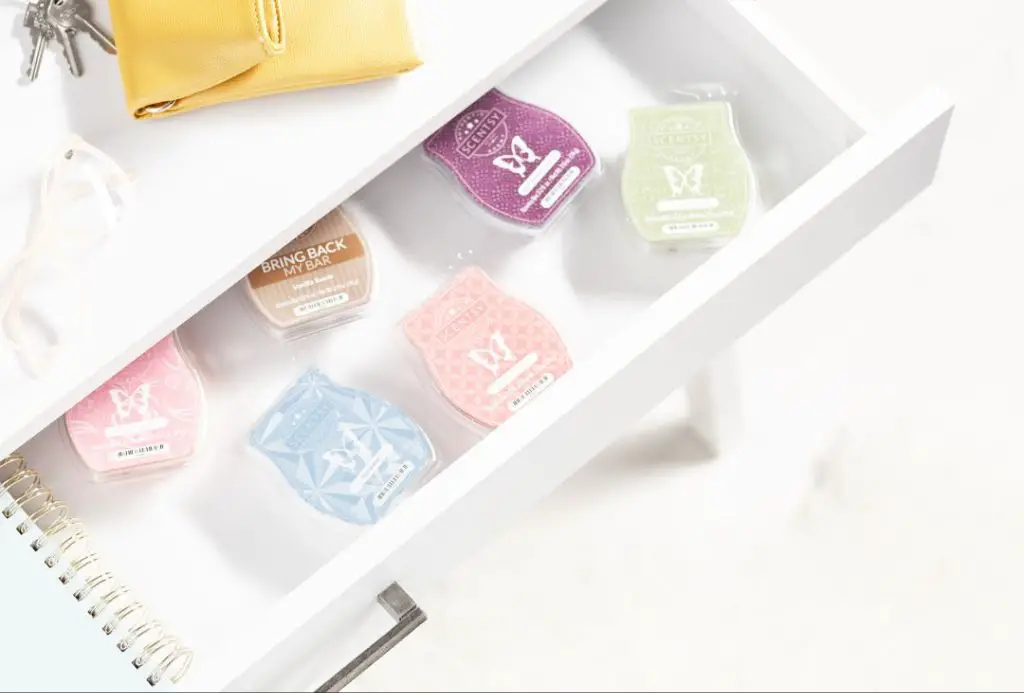
In recent years, Scentsy has also worked to increase their use of renewable resources. They introduced products using soy wax, a renewable resource, and have tried to reduce their reliance on paraffin wax from petroleum. While paraffin remains their primary wax, Scentsy’s efforts show a commitment to shifting toward more sustainable practices.
Scentsy encourages their consultants and customers to reuse or properly recycle empty Scentsy products. The containers can be reused creatively, and many of the parts can be recycled, reducing waste. Overall, Scentsy takes their environmental impact seriously and continues to search for ways to be more eco-friendly.
Conclusion
When looking at the wax used for Scentsy products, it appears their proprietary wax blend aims to balance performance, safety, and sustainability. Scentsy does not disclose the full details of their wax formula, but states it is primarily a paraffin and soy wax blend. They tout extensive testing for product safety and work to reduce their manufacturing environmental footprint. Key highlights include:
- Blend of paraffin and soy wax
- Proprietary formula not publicly disclosed
- Designed for high fragrance intensity and long scent life
- Claims of no lead, heavy metals or phthalates
- Testing conducted to meet global safety standards
- Efforts to reduce environmental impact of operations
While many details are kept confidential, Scentsy provides assurances about product safety and seems to balance performance with some sustainability initiatives. Consumers can determine if this fits their preferences when choosing wax melts or warmers.

